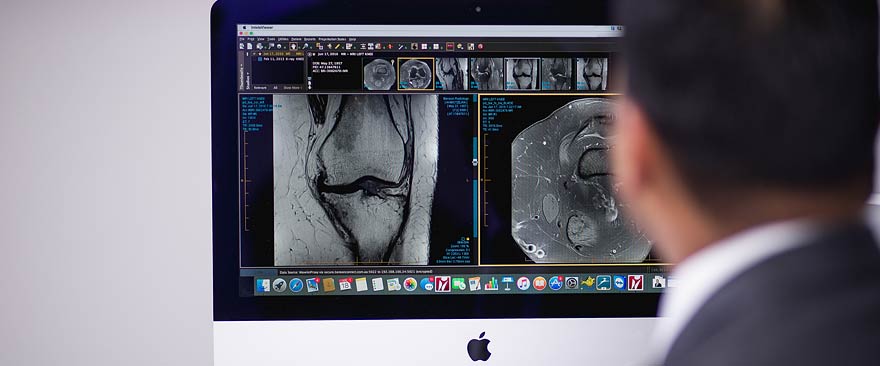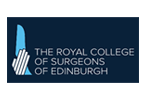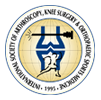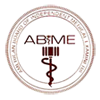Conditions
The knee joint is composed of three 'compartments', called the medial (the inner compartment), the lateral (outer) and the patellofemoral (the kneecap).
Where arthritis only affects one of these compartments, a Unicompartmental Knee Replacement (UKR) procedure, also called a partial knee replacement – is a viable alternative to a Total Knee Replacement.
The main advantages of this approach as compared to total knee replacement are a quicker procedure, a quicker recovery period and less pain for the patient.
As it preserves more of the original bone and ligament structures of the knee joint it is also likely to preserve the proprioceptive feedback from the knee allowing for more natural kinematics and sensations in the knee.
Unicompartmental knee replacement is a good option only in some patients with the other knee compartments well preserved. Dr Sunil Reddy routinely uses Patient specific technology (PSI) for UKR to achieve best possible outcomes. He will discuss these aspects of care at the time of consultation for your knee arthritis.
Procedure
The procedure generally takes less than 90 minutes and is conducted under either a general anaesthetic or a spinal / epidural anaesthetic.
The surgery involves an incision about 6-8 cm near the kneecap. If there is significant damage to the cartilage tissue underneath the kneecap or in the other compartment, the surgery may need to be converted to a full knee replacement procedure.
You and your Unicompartmental Knee Replacement – Things you need to know
Overview of benefits
Total hip and knee replacement surgeries are incredibly advanced and time-tested treatments that significantly improve your quality of life and let you pursue activities and hobbies you loved to do. UKR is a suitable option only in some patients and Dr Sunil Reddy will discuss this option with you if appropriate at the initial consultation.
Overview of risks
Injury to blood vessels and nerves (rare complication), Infection (less than 1 in 100 surgeries on an average), blood clots in the leg veins or lungs (Deep venous thrombosis, Pulmonary embolism), stiffness of the knee following surgery and anaesthetic complications are some of the risks of this major surgical procedure.
Although the artificial joint may well last a lifetime, it may also wear out over time, or may come loose, in which revision to a TKR may be required. The outcomes and survival of UKR are slightly inferior to TKR as per data from Joint Replacement Registries. The outcomes depend to a large extent on the indication, appropriate patient selection and a sound surgical technique.
Hospital stay
Most patients go home within 2-3 days after a Unicompartmental knee replacement. Recovery and rehabilitation is quicker than a TKR.
Some patients need an overnight observation in HDU (High dependency unit) or ICU (Intensive care unit).
Dr Reddy and the physiotherapist will see you on the same evening or next day morning and get you up and about and doing exercises/walking as you can tolerate.
You can go home when you can walk around and feel confident and comfortable to take care of yourself at home, often with some assistance from your family or friend.
Pain Relief and Blood-loss minimisation
Pain relief during and after your surgery is a priority to my team. Our anaesthetists are experienced in multi-modality pain relief which includes nerve blocks, IV and oral analgesics and LIA (Local infiltrative analgesia performed by me as a part of the surgery). Appropriate anaesthesia and IV tranexamic acid in the peri-operative period aid in minimising blood loss and ensure a very low blood transfusion requirement. Identifying and appropriate treatment of anaemia and iron deficiency prior to surgery is an important part of the pre-operative evaluation of TKR. If your blood haemoglobin is low, Dr Reddy may advise a period of iron therapy before surgery to give you the best chance of an optimum recovery following surgery.
Wound Care
Dr Reddy will see you in the Clinic between 12 to 14 days after surgery. The sutures are absorbable ones that do not need removal. Please keep the wound clean and dry. The dressing is waterproof enabling you to take a shower. Please do not remove the dressing before the clinic visit to minimise the risk of infection.
Call Dr Reddy’s Rooms if you have any concerns with excessive pain, redness or discharge from the wound site or feel unwell.
Follow-up with Dr Reddy would be organised at 2 weeks, 6 weeks, 3 months, 1 year and 5 years following your surgery.
Rehabilitation Guidelines following Partial or Unicompartmental Knee Replacement
- The time-lines mentioned are approximate and actual progression depends on individual recovery.
- Patients can weight bear as tolerated from day 1. Please use a walker or crutches till good pain control, quadriceps strength and walking mechanics are achieved.
- Emphasis early on is on achieving full knee extension and good quadriceps control / strength.
- Apply Ice packs 3-5 times, for 10 min each time for the first two weeks.
First 2 weeks
- Quadriceps and gluteal sets, proprioception and balance exercises (e.g. heel to toe walking).
- Straight leg raises.
- Active and passive Range of Movement exercises.
- Gait training.
- Upper body conditioning.
- Please remember to apply Ice packs thrice daily for 10 min; take pain medication as advised and follow the advice of your therapist.
2 to 6 weeks
- Continue with the Home exercise program.
- Progress to walking outside.
- Progress with Quadriceps, ROM and proprioception / balance exercises.
- Start Core strengthening exercises.
- Hydrotherapy / Pool work-outs once incisions have healed.
- Aerobic exercises after 2 weeks as tolerated (e.g. Static exercise bike).
- Can start functional or activity specific exercises including household chores.
6 to 12 weeks
- Add lateral steps and step-ups.
- Single leg stance (eccentric exercises initially).
- Progress with all functional activities including gardening, gentle sporting activities.
- Low impact activities only till 3 months.
- No twisting, pivoting till 3 months.
- Wean into a home / gym program.
Related Topics
Rehabilitation Guidelines following Partial or Unicompartmental Knee Replacement







